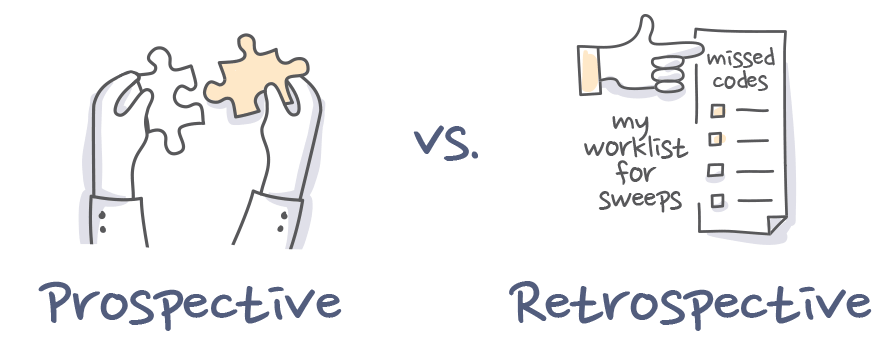A prospective payment system (PPS) is a compensation mechanism in which Medicare pays a predetermined, fixed sum to a provider. The payment sum for a specific service is calculated using the service’s classification scheme—for example, diagnosis-related groups for inpatient hospital services.Using a payment system that allows providers to provide treatment efficiently and effectively, Prospective Payment transfers the cost of treating patients to the provider. Prospective Payment continues to evolve as a preferred and tested risk-management approach in today’s managed-care world.
The rules of engagement in healthcare are defined by the alignment of risk obligations between payers and providers, which is primarily responsible for the payment systems used to pay for medical services. Various payment mechanisms (discounted charges, fee schedules, per diems, case rates, and capitation) are available to payers to cope with risk, requiring varying degrees of medical management.
On the other hand, medical management is expensive, does not always provide enough of a return to justify its existence, and is widely regarded as adversarial by the medical community. On the other hand, capitation has proved to be unpopular with customers. Because of unacceptable costs for suppliers and prohibitively expensive for payers, they must pay others to accept the risk they might effectively handle independently. Prospective Payment is a viable alternative to traditional payment methods (“What Risk Managers Should Know about Air Medical Patient Transport: From the Association of Air Medical Services,” 2007)
Prospective Payment has a variety of advantages over other payment strategies due to its comprehensive emphasis on the care of an entire event. Payers and suppliers are held accountable for the portion of risk they can efficiently handle under Prospective Payment. Furthermore, each party can function more efficiently when paired with an acceptable layer of “less invasive” medical management, such as preadmission certification. As a result, Prospective Payment has become a familiar and well-proven risk management technique. The introduction of Medicare’s Diagnosis Related Group (DRG)-based inpatient payments and the more recent adoption of Ambulatory Payment Classifications (APCs) for outpatient treatment are two notable examples.
Unlike fee-for-service programs, which compensate providers based on the amount of care they deliver and may encourage unnecessary treatment, the PPS payment is based on several factors, including service location and patient diagnosis. On that note, it is brought about the difference between a Prospective payment system (PPS) and a fee for service (FFS) (Zhao et al., 2018). Hospitals are paying whatever they spend under this scheme, so there is little motivation to keep costs under control since higher costs result in higher reimbursement levels. Hospital costs rose at a higher rate than the overall inflation rate, thanks to this incentive scheme.
The rules and responsibilities governing healthcare delivery are critical to the proper coordination of risk obligations between payers and providers. They influence the payment mechanisms used to cover medical expenses. To help manage risk, payers now have various options for setting payment plans and roles and responsibilities related to medical administration. With advancements in the digitization of health records, a prospective payment system is a feasible alternative to the conventional retrospective payment system now more than ever (Frakt & Mayes, 2012)
Compared to the “interval care” standard in long-established payment models, prospective payment systems place a broad emphasis on patient care compared to fee for service. Payers and suppliers are held accountable for the portion of risk they can efficiently handle under a prospective payment scheme. When the risk is appropriately and efficiently aligned, prospective payment schemes benefit both payers and providers. As a result, prospective payment systems have become a familiar and practical risk management approach. Service fee is considered risky and prone to fraud compared to the prospective payment system.







